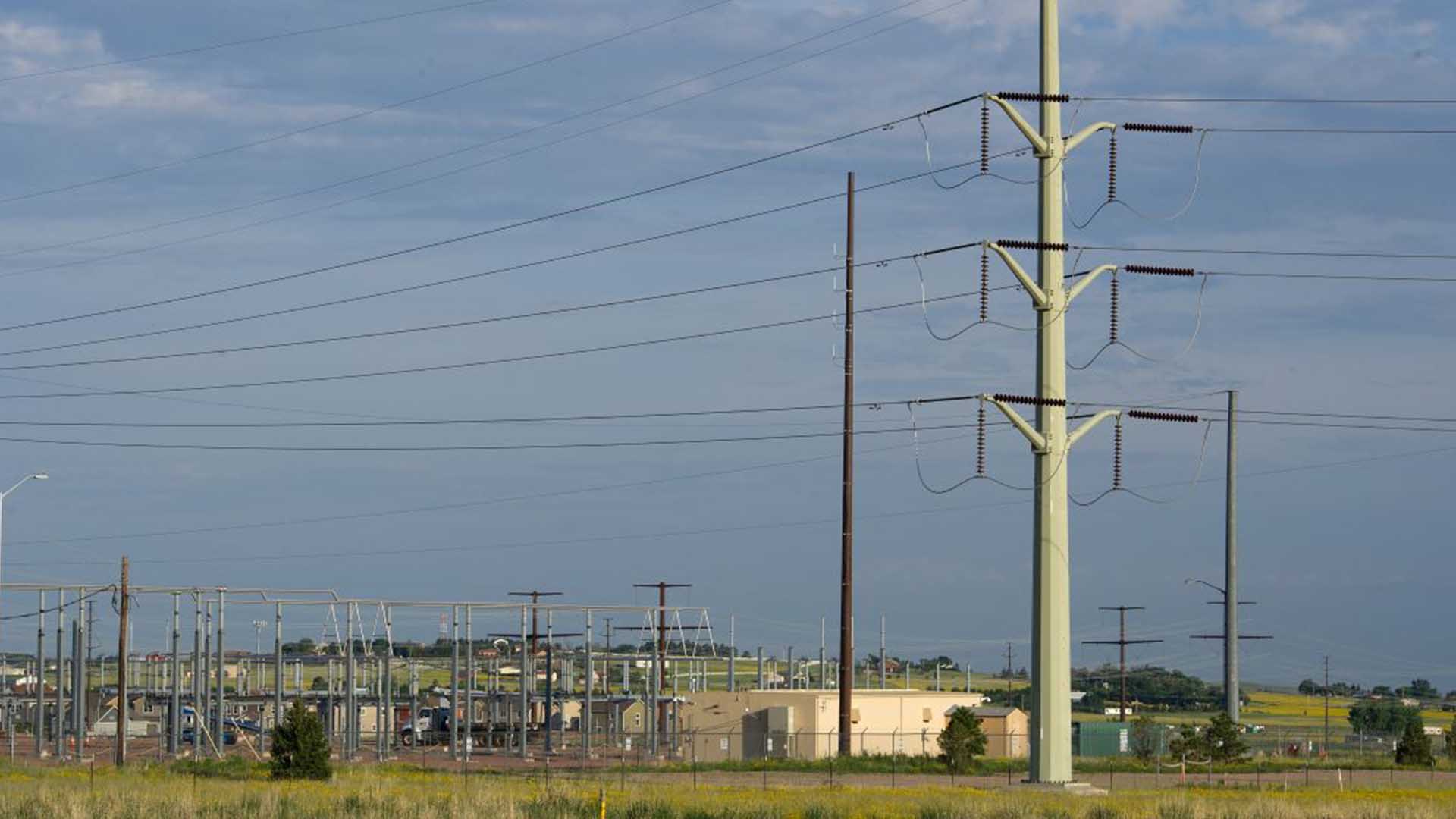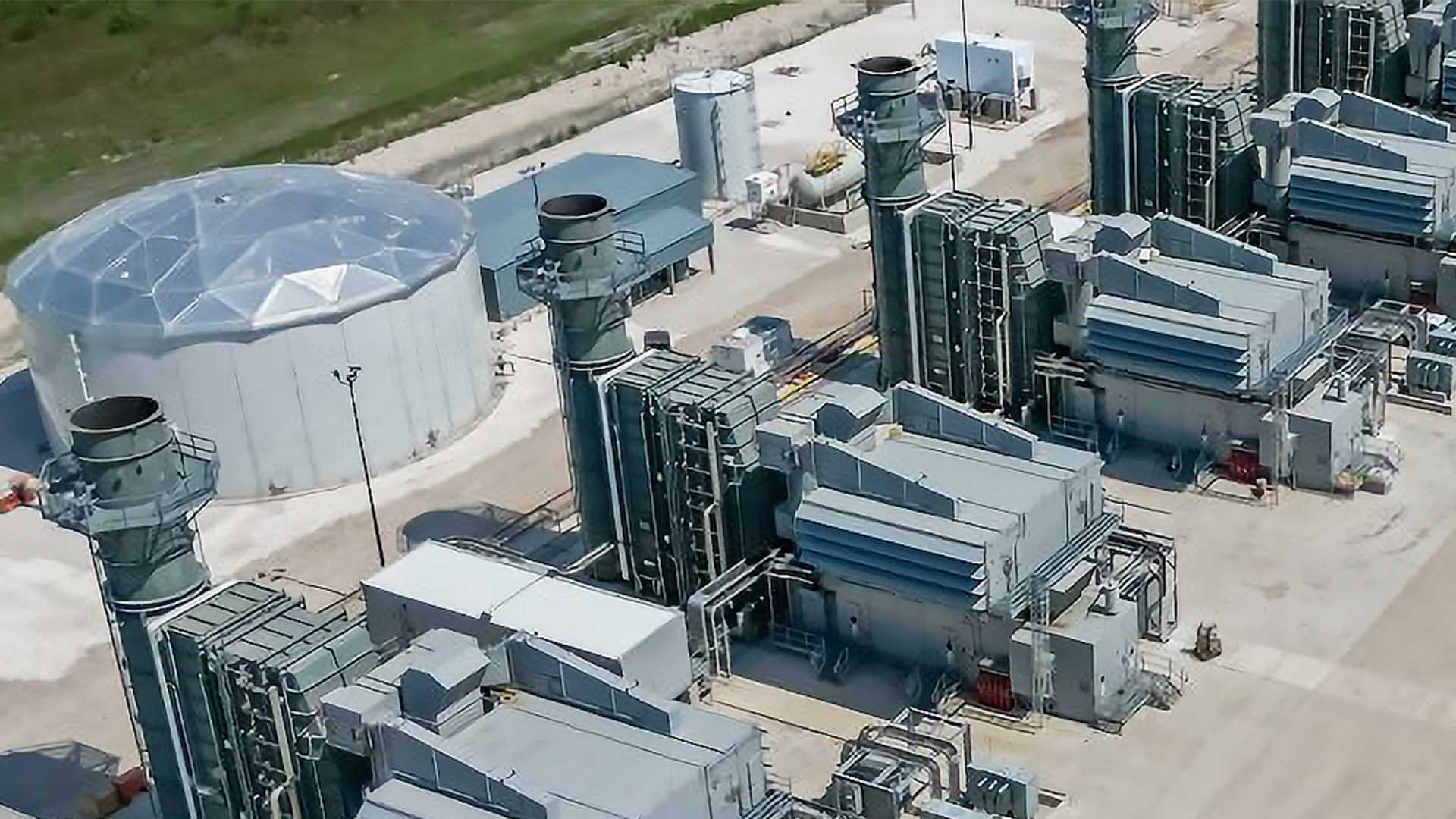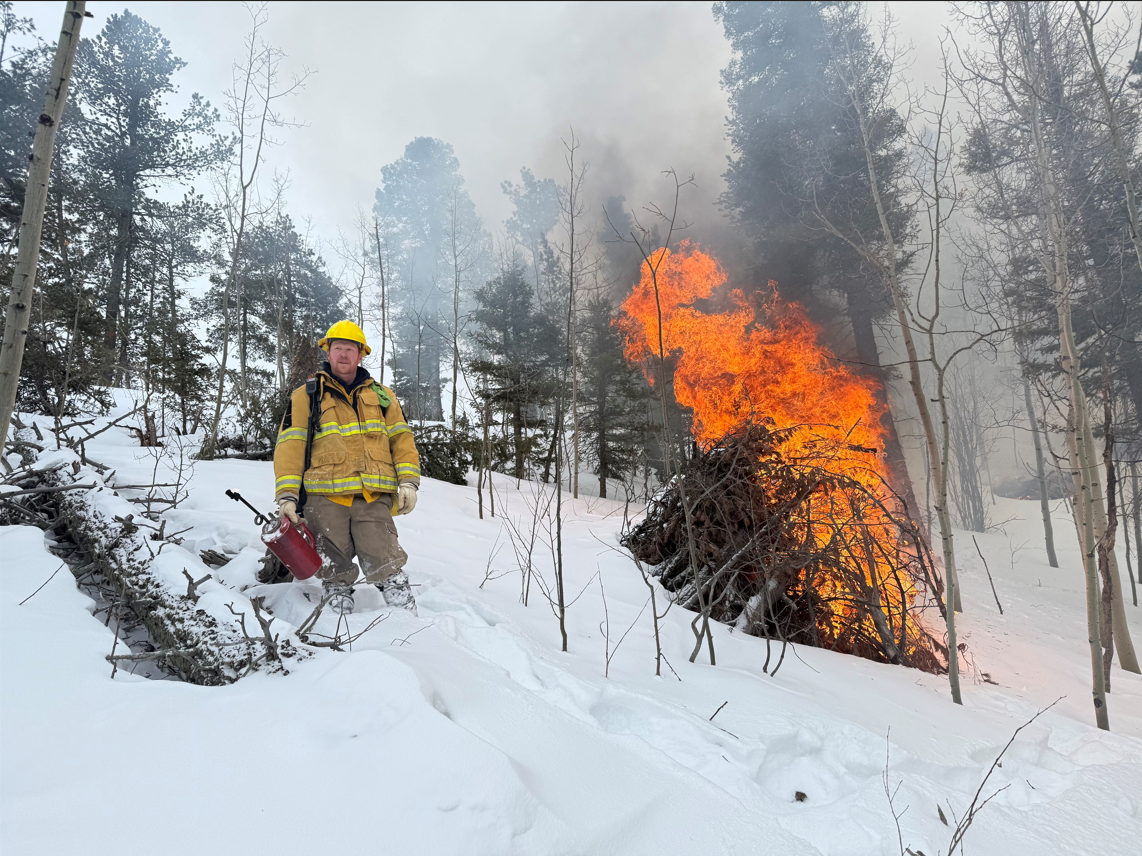
Colorado Springs Utilities
Duration: 1 minute
Published on March 8, 2024
The Dec. 15, 2021, windstorm that hit the Pikes Peak region caused historic damage to our community and our electric system.
The Colorado Springs Airport recorded its second highest measured wind gust at 92 miles per hour as well as gusts in excess of 100 miles per hour in Manitou Springs and the Air Force Academy, as confirmed by the National Weather Service and the Iowa Environmental Mesonet. Winds associated with the storm equaled that of a Category II hurricane.
These hurricane-force winds significantly impacted our overhead infrastructure in the Downtown, Old North End, Patty Jewett, Roswell and Kitty Hawk neighborhoods.
Approximately 47,000 customers were impacted by this storm. The majority of these damages were caused by impact of the wind, falling and uprooted trees, or structural elements becoming airborne and impacting our distribution system.
More than 600 employees and contractors worked the duration of the event and logged more than 66,000 hours. While crews worked around the clock for days on end, we are proud to say we did not have any injuries.
In the days leading up to the storm, we took several preparatory measures in anticipation of its potential impact.
- We initiated internal and external communications regarding the incoming weather.
- We halted non-essential work.
- We restored the electric system to normal operating conditions to ensure maximum resiliency.
- We verified readiness response across internal support functions.
We also activated an enterprise command center the morning of Dec. 15, prior to the winds arriving.
Following the storm, our top priority was to restore service to affected customers and critical infrastructure such as hospitals, water and wastewater treatment facilities, and emergency management facilities such as police and fire as quickly and safely as possible. Priority was also placed on communicating to the public through multiple channels the extent of the storm’s impact, restoration progress, and the numerous factors influencing response operations.
At the height of the storm, electric service was interrupted to 17.4% of customers:
- 72% of interrupted customers were restored within 24 hours.
- 89% within 48 hours.
- 94% within 72 hours.
- 100% of known outages were restored within 144 hours.
In both scope and scale, this storm led to the most significant impact to our electric system in history. The overhead distribution system in the Old North End and Patty Jewett areas experienced the worst damage. Restoration efforts in these areas were often hampered by large amounts of debris needing to be removed before our crews could begin re-energizing circuits. Our entire organization was dedicated to restoration efforts.
Employees worked 24/7 until all customers were restored. External resources obtained through mutual aid agreements and contractor relationships more than doubled the crews on the ground restoring power and clearing trees from power lines. We partnered with City of Colorado Springs for debris removal, asphalt cuts and tree trimming.
On Sunday, Dec. 19, the main grid of our system was fully restored and most of our customers were energized.
As we moved through the response process, the pace at which customers were restored slowed. This is a normal aspect of response operations because system damages are prioritized, and resources are assigned to achieve the greatest benefits first.
We prioritized restoration on these principles:
- Impacts to critical infrastructure and public safety.
- Total number of customers impacted. For example, if damage is identified that affects 100 customers, we will fix that before we make repairs to another area impacting two customers.
We addressed more than 1,000 system issues resulting from this storm including replacing wooden poles, repairing primary and secondary wire, replacing high-voltage transmission poles and fixing broken cross arms.
We are actively conducting after action reviews and documenting improvement opportunities learned during the event. Following a thorough analysis, we will make necessary changes to improve our outage response in several key areas in our continued effort to provide safe, reliable service to the community.
The estimated cost of this event is around $3 million.
Windstorm images



















